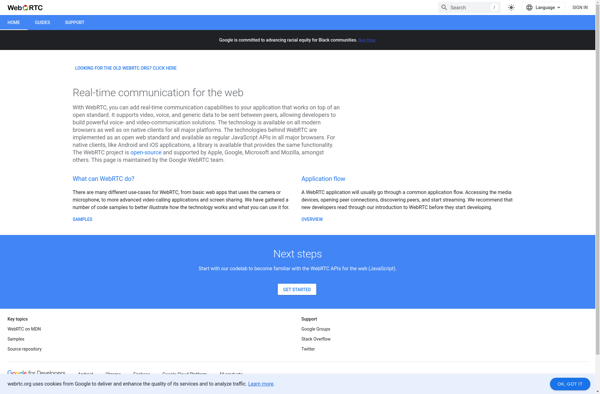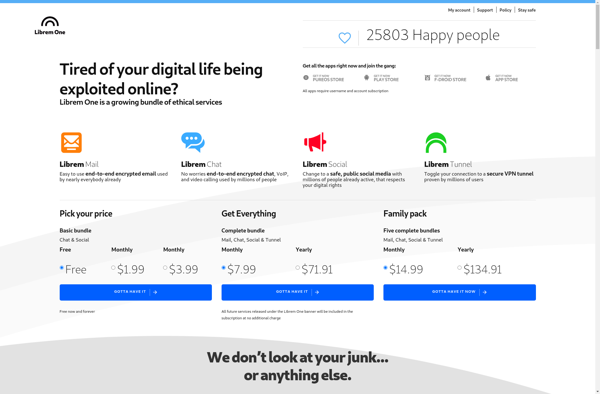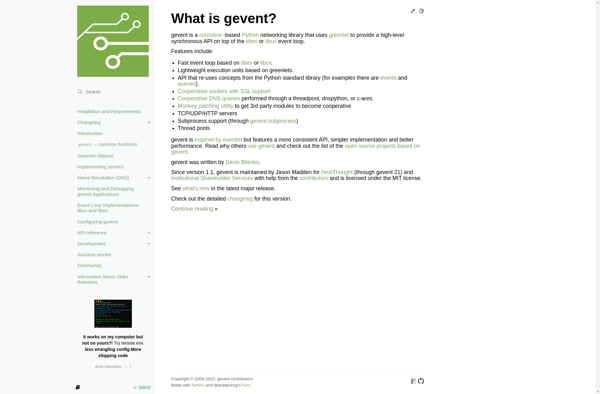WebRTC

WebRTC: Real-Time Communication for Web Browsers
A free, open-source project providing simple APIs for real-time communication capabilities via web browsers and mobile applications, allowing audio and video communication within web pages.
What is WebRTC?
WebRTC (Web Real-Time Communications) is a free, open-source project that enables web browsers and mobile applications to capture and optionally stream audio and video as well as exchange arbitrary data between browsers without requiring an intermediary. The set of standards that comprises WebRTC makes it possible to share data and perform teleconferencing peer-to-peer, without requiring that the user install plug-ins or any other third-party software.
WebRTC implements open web standards for real-time, plugin-free video, audio and data communication. The WebRTC components have been optimized to best serve this purpose. The framework aims to enable rich, high-quality RTC applications to be developed for a browser, mobile platforms, and IoT devices, and allow them all to communicate via a common set of protocols. The WebRTC initiative is a project supported by Google, Mozilla and Opera, amongst others.
Key capabilities of WebRTC include:
- Audio and video communication
- Web page streaming
- Screen and window sharing
- File transfer
- Client-side processing via JavaScript API
- Native C++ API for integration with platforms
- Protocol support includes ICE, STUN, TURN, RTP, SCTP
- Encodings: VP8, H.264, Opus
- Embedded communications
- Browser interoperability
- Data channels
- No plugins, downloads or installs required
WebRTC can be used for peer-to-peer calling, video chat, conferencing, file sharing and more on the web platform. Its standards-based design allows interoperability between browsers and intergration with both web and native apps across all platforms.
WebRTC Features
Features
- Real-time audio and video calling
- Screen and file sharing
- Peer-to-peer data transfer
- Works natively in web browsers
- Client-server communication
- Low latency communication
- Built-in encryption
- Cross-platform support
Pricing
- Open Source
- Free
Pros
Cons
Official Links
Reviews & Ratings
Login to ReviewThe Best WebRTC Alternatives
Top Social & Communications and Video Conferencing and other similar apps like WebRTC
Librem Chat

Gevent
